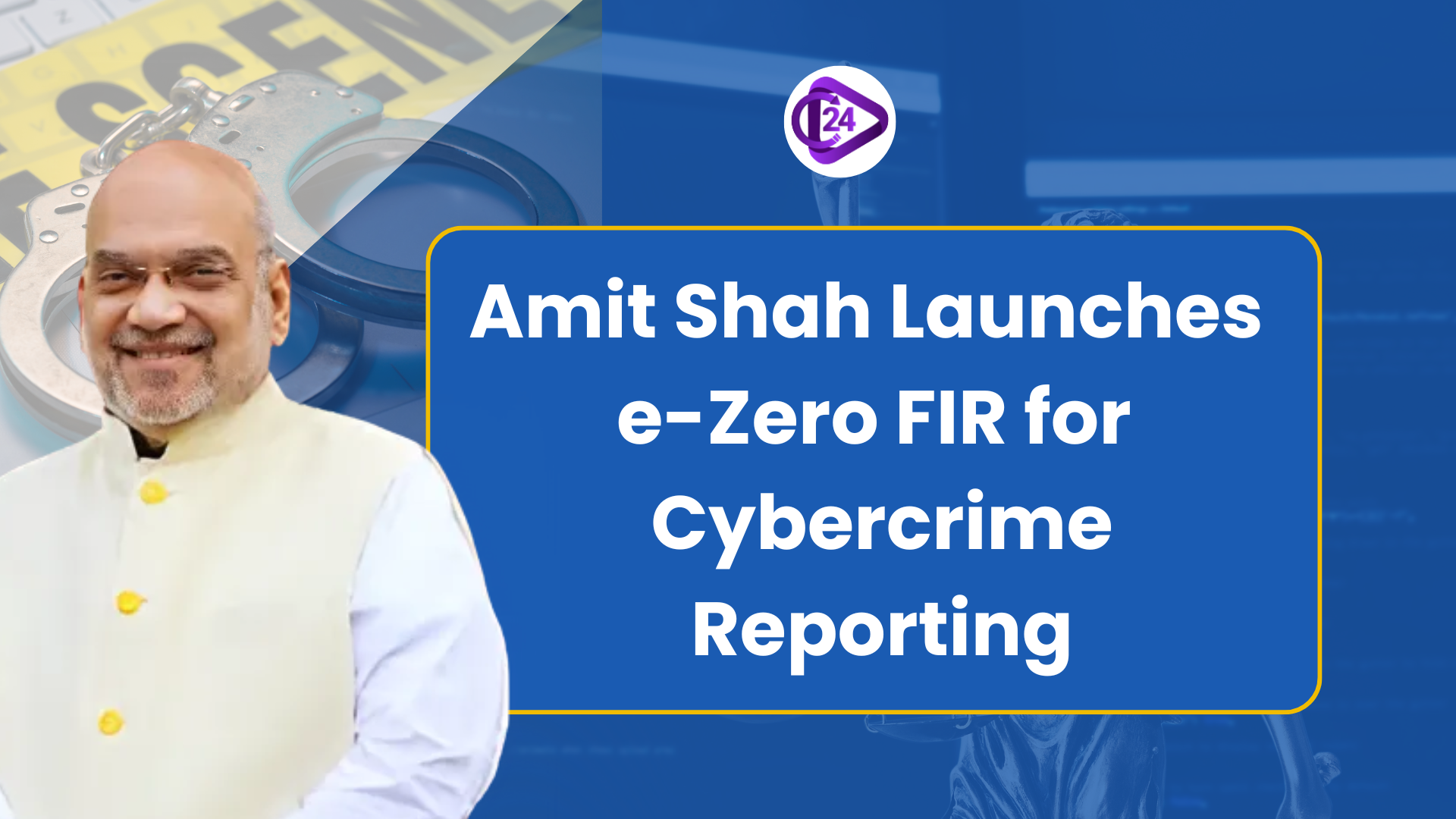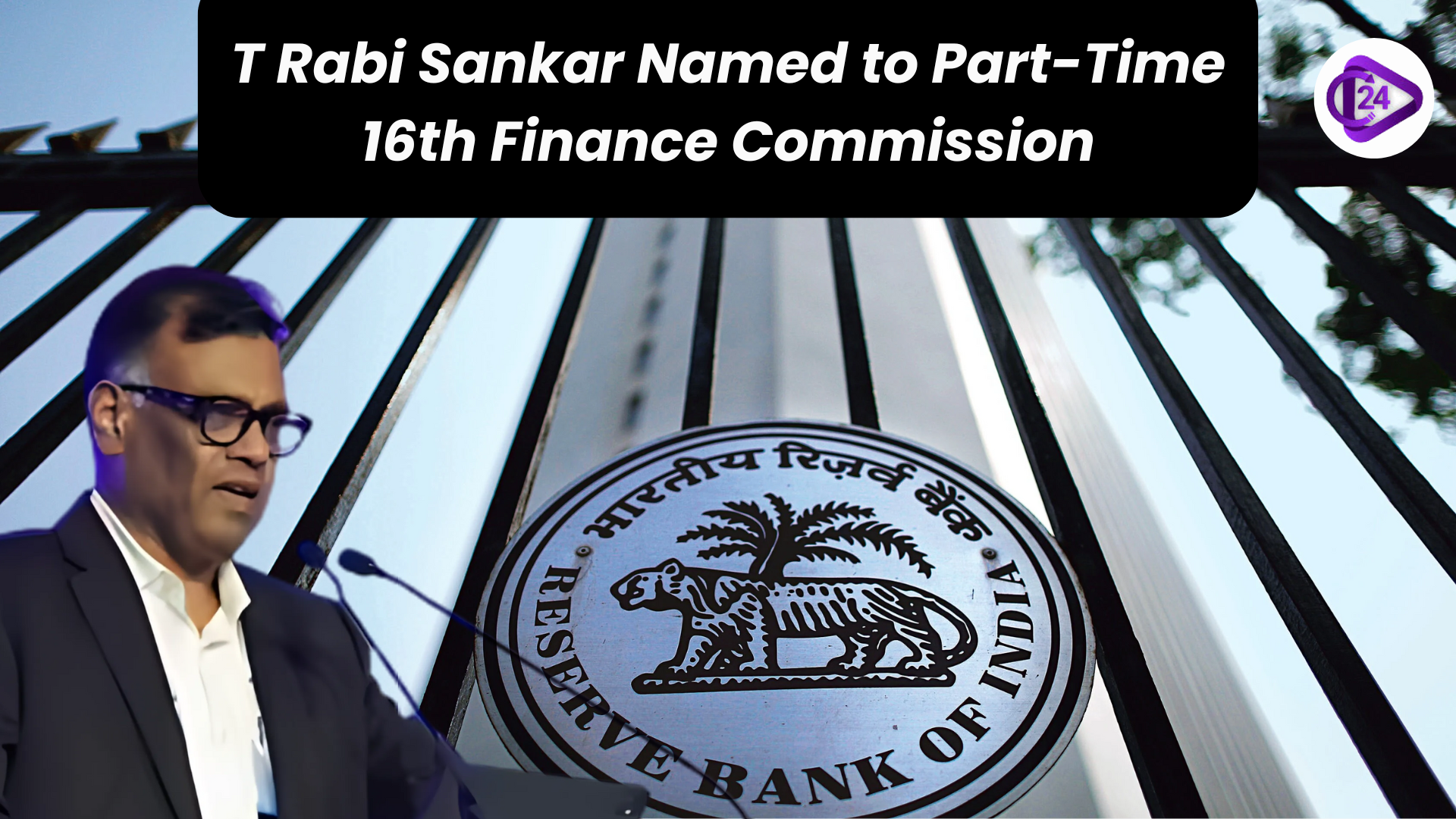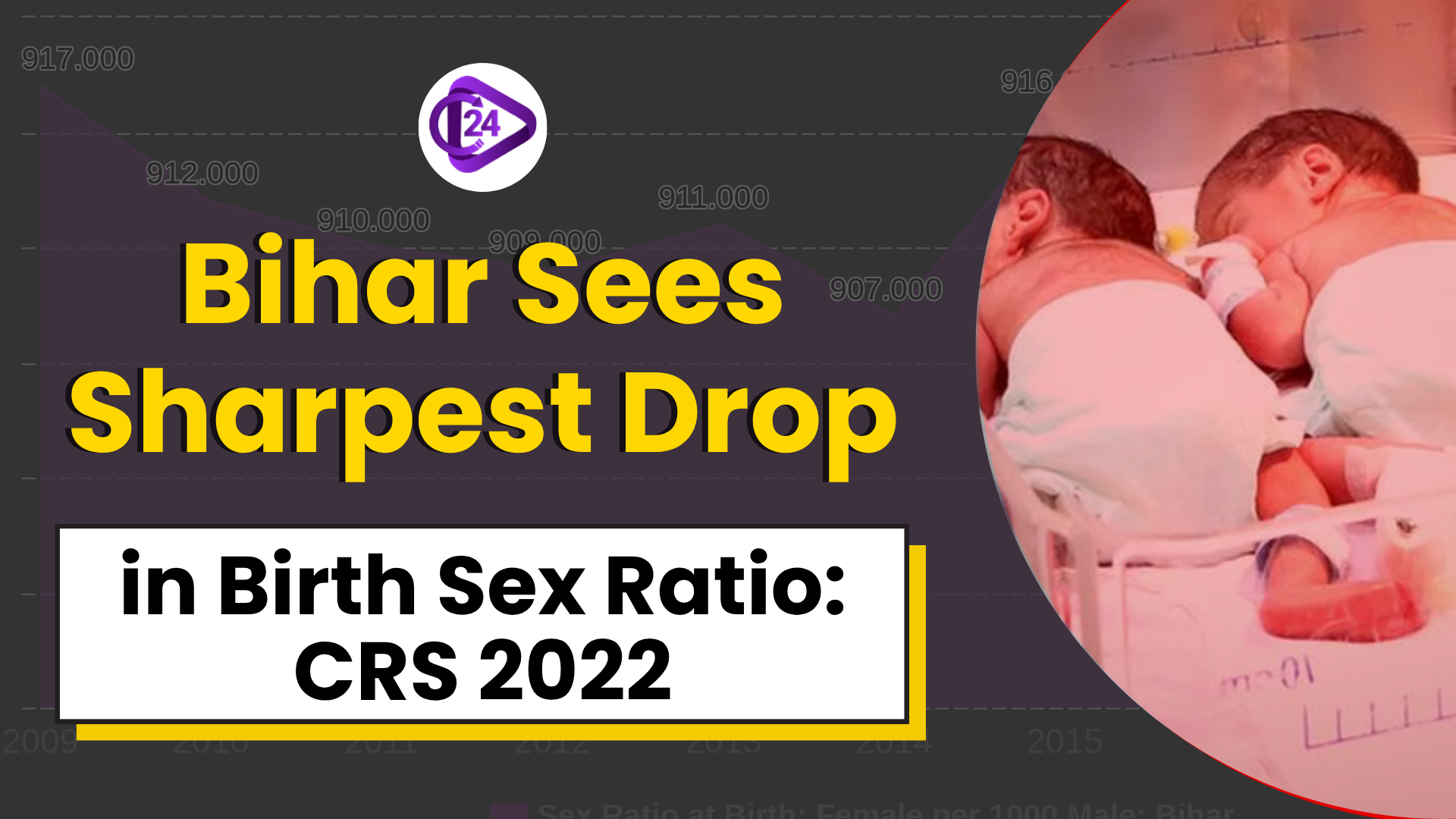
The I4C has developed a system that ensures complaints about financial cybercrime exceeding ₹10 lakh are recorded as First Information Reports (FIRs). Union Home Minister Amit Shah launched the pilot version of e-Zero FIR in Delhi. It uses several digital tools such as the National Cybercrime Reporting Portal, the e-FIR system from Delhi Police and the National Crime Record Bureau’s system. The aim is to work quickly and lessen the obstacles for victims in getting back their money. The initiative will soon be carried out across the country.
Summary:
Within the e-Zero FIR, cybercrime complaints are converted into FIRs automatically to speed up actions against those who conduct financial crimes online. After being established in Delhi, it will soon operate nationally to help people report cybercrimes and support victims.
Key Points
Features of e-Zero FIR
-
Purpose:
-
Automation of the process to transfer cybercrime reports (financial fraud over ₹10 lakh) into First Information Reports (FIRs).
-
-
Process:
-
Reports made through:
-
1930 helpline
-
Cybercrime.gov.in portal
-
-
If fraud causes damages greater than ₹10 lakh, an FIR will automatically be registered.
-
-
Integration:
-
Using systems from both industries.
-
The National Cybercrime Reporting Portal (I4C)
-
The Delhi Police have an e-FIR service.
-
The Crime and Criminal Tracking Network and Systems of the National Crime Record Bureau
-
How important is the initiative?
-
Enhanced Efficiency:
-
Reduces mistakes in the registration of FIRs and increases the speed of the investigation.
-
-
Nationwide Rollout:
-
After finishing the pilot in Delhi, the program will be applied countrywide.
-
Support for people who are affected by crime is available.
-
Especially important for people who become victims of cybercrimes related to money.
-
-
Being Proactive in Law Enforcement:
-
Intended for a fast response to threats from cybercriminals.
-
Background:
-
Problem Addressed:
-
There are also many reports of financial cybercrimes now and victims often struggle to create an FIR and withdraw the stolen sum.
-
-
Government’s Focus:
-
Contributes to the Digital India plan for strengthening cybersecurity and keeping the public safe.
-
-
Policy Alignment:
-
This initiative helps the Home Ministry in its mission to improve cybercrime reporting and track criminals.
-
Technological Integration:
-
Involved Technologies:
-
The FIR process is automated for convenience.
-
The I4C shares data with both the Delhi Police and NCRB.
-
Processing of data as soon as it happens
-
-
Cybercrime Helpline:
-
A victim can report their case either to 1930 or to cybercrime.gov.in.
-
-
Data Monitoring:
-
Organizing all data in a central location for quicker resolving of cases.
-
Difference Between e-Zero FIR and Zero FIR
|
Feature |
e-Zero FIR |
Zero FIR |
|
Definition |
Automated FIR for financial cybercrime cases above ₹10 lakh. |
FIR registered outside crime jurisdiction to start investigation. |
|
Scope |
Only high-value financial cybercrimes via online portals/helpline. |
Any cognizable offence filed at any police station. |
|
Process |
Automated digital conversion and integration. |
Manual FIR filing at any police station. |
|
Use Case |
Cybercrime complaints registered online/helpline. |
FIR filed where complainant is, even if crime occurred elsewhere. |
|
Benefit |
Faster FIR registration and action in cybercrime. |
Enables timely FIR registration regardless of location. |
Conclusion:
The e-Zero FIR initiative is an important move to enhance India’s ability to handle cybercrime using technology and police systems together. It quickens legal help for people who suffer cyber financial fraud and supports the government’s effort to address such problems, aligning with its other digital-related policies.



 Air India Plane Crash: A Setback for Airline’s Revival Plans Amidst Tragic Loss of Over 240 Lives
Air India Plane Crash: A Setback for Airline’s Revival Plans Amidst Tragic Loss of Over 240 Lives India Slips to 131st in Global Gender Gap Index 2025
India Slips to 131st in Global Gender Gap Index 2025 Indian Railways New Tatkal Rules: Aadhaar & OTP Now Mandatory
Indian Railways New Tatkal Rules: Aadhaar & OTP Now Mandatory India Launches ‘Ayush Nivesh Saarthi’ Portal to Attract Investment in Traditional Medicine Sector
India Launches ‘Ayush Nivesh Saarthi’ Portal to Attract Investment in Traditional Medicine Sector Rahul Gandhi Writes to PM Modi, Urges Action on Hostel Conditions and Delayed Scholarships for Margi
Rahul Gandhi Writes to PM Modi, Urges Action on Hostel Conditions and Delayed Scholarships for Margi India Successfully Cultivates Heeng: A Breakthrough in Domestic Production
India Successfully Cultivates Heeng: A Breakthrough in Domestic Production India's First E-Waste Recycling Park to Be Built in Delhi
India's First E-Waste Recycling Park to Be Built in Delhi T Rabi Sankar Appointed Part-Time Member of 16th Finance Commission
T Rabi Sankar Appointed Part-Time Member of 16th Finance Commission 800-Year-Old Pandya-Era Shiva Temple Found in Tamil Nadu
800-Year-Old Pandya-Era Shiva Temple Found in Tamil Nadu Bihar Records Sharpest Decline in Sex Ratio at Birth: CRS 2022 Report
Bihar Records Sharpest Decline in Sex Ratio at Birth: CRS 2022 Report






